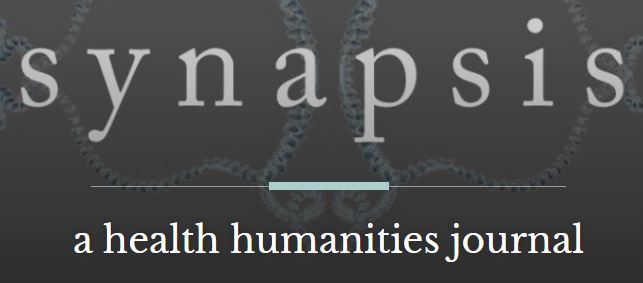Enrollment limit is 20. Instructor’s permission is required. The first part of the course focuses on the history of the creation of the atomic bomb and the aftermath of its use during World War II. We look at the socialization of the scientists involved in the birth of the bomb; at the devastation it wrought in Hiroshima and Nagasaki; and at the physical and psychological injuries that afflicted its survivors, especially the immediate and long-term effects of radiation poisoning and trauma. The course then considers the Cold War period, examining civil defense campaigns, the cultural features of weapons laboratories, and the devastating physical and environmental contamination suffered by communities–disproportionately composed of indigenous populations-where such weapons repeatedly have been tested. The second part of the course explores the transformative cultural and psychological consequences of living with the bomb. Readings consider the evidence of spontaneous psychic adaptations to life in the nuclear age. They also examine governments’ deliberate attempts to shape citizens’ cognitive and emotional lives. How do states produce political subjects who comply with military imperatives? What role does the continual manufacture of foreign threats and enemies play in this process? While acknowledging the powerful forces that seek to control public perceptions of nuclear arms by minimizing their destructive potential, the course concludes by considering organized resistances to increasing nuclear proliferation and to militarism.
The Heyman Center for the Humanities, Room B-101
74 Morningside Drive
New York, NY, 10027
(212) 854-4541
(212) 854-3099


